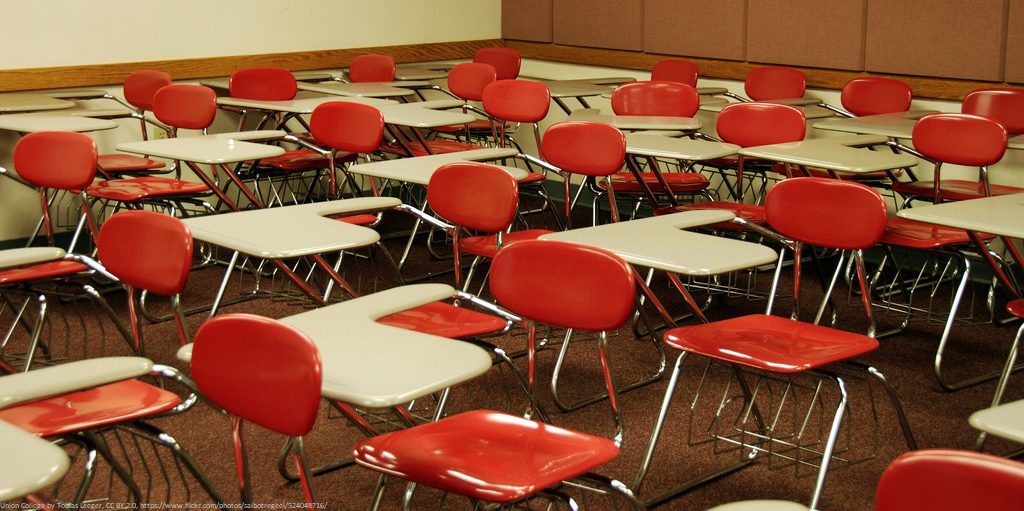
How History Matters for Student Performance. Lessons from the Partitions of Poland
This paper examines the effect on current student performance of the 19th century Partitions of Poland among Austria, Prussia and Russia. Despite the modern similarities of the three regions, using a regression discontinuity design I show that student test scores are 0.6 standard deviation higher on the Austrian side of the former Austrian-Russian border. This magnitude is comparable to the black vs. white test score gap in the US. On the other hand, I do not find evidence for differences on the Prussian-Russian border. Using a theoretical model and indirect evidence I argue that the Partitions have persisted through their impact on social norms toward local schools. Nevertheless, the persistent effect of Austria is puzzling given the historical similarities of the Austrian and Prussian educational systems. I argue that the differential legacy of Austria and Prussia originates from the Austrian Empire’s policy to promote Polish identity in schools and the Prussian Empire’s efforts to Germanize the Poles through education.


